August 2024: Using Color, Part 1 (with video)
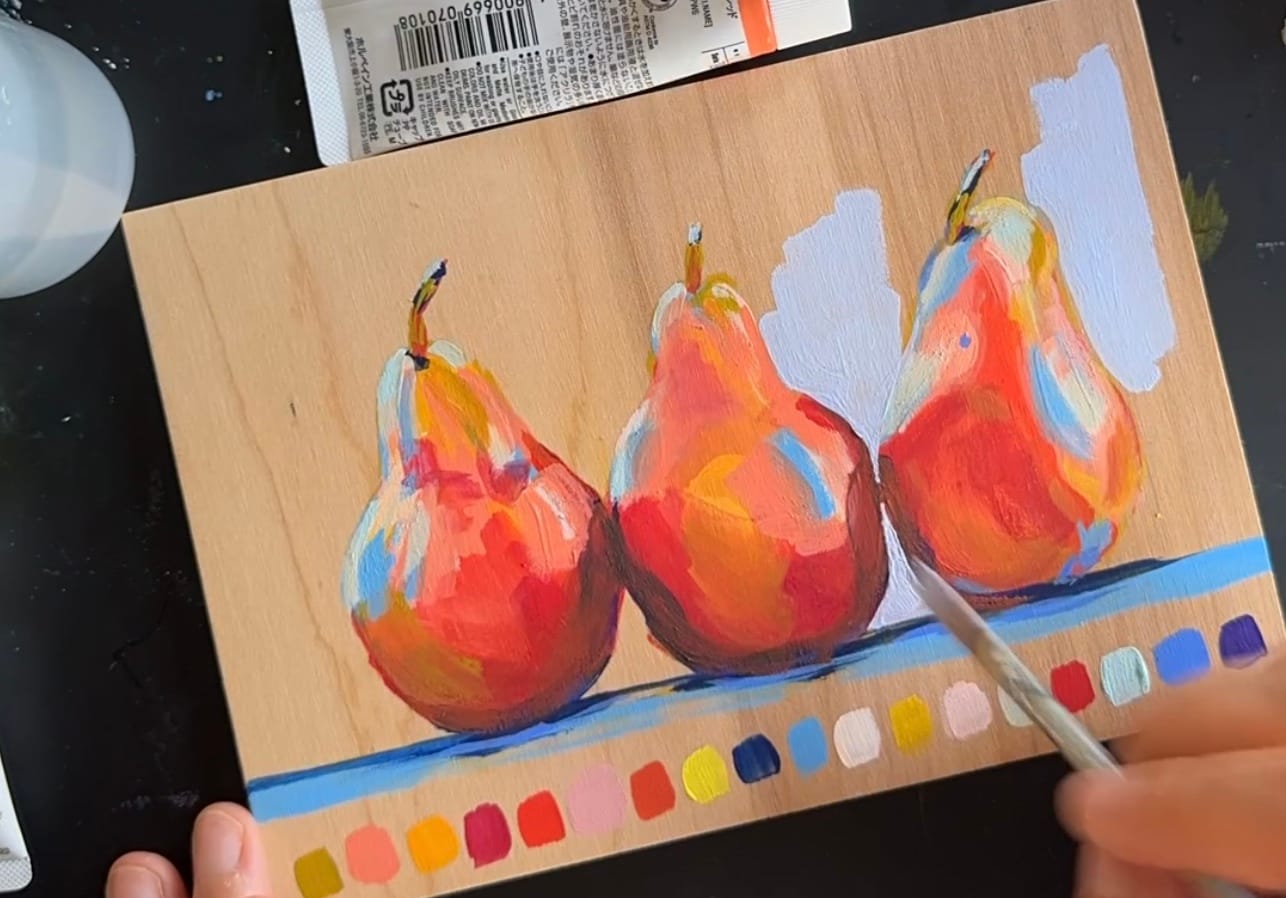
I love to work with a limited palette, and often recommend it to artists who are learning to paint, but choosing the colors is only the first step. There are two general approaches that we can take from there: one is to use the colors each on their own, and the other is to make mixes from them. Within that second category, we can make a few mixes, a lot of mixes, or the infinite mixes that arise when we allow them to blend in the painting.
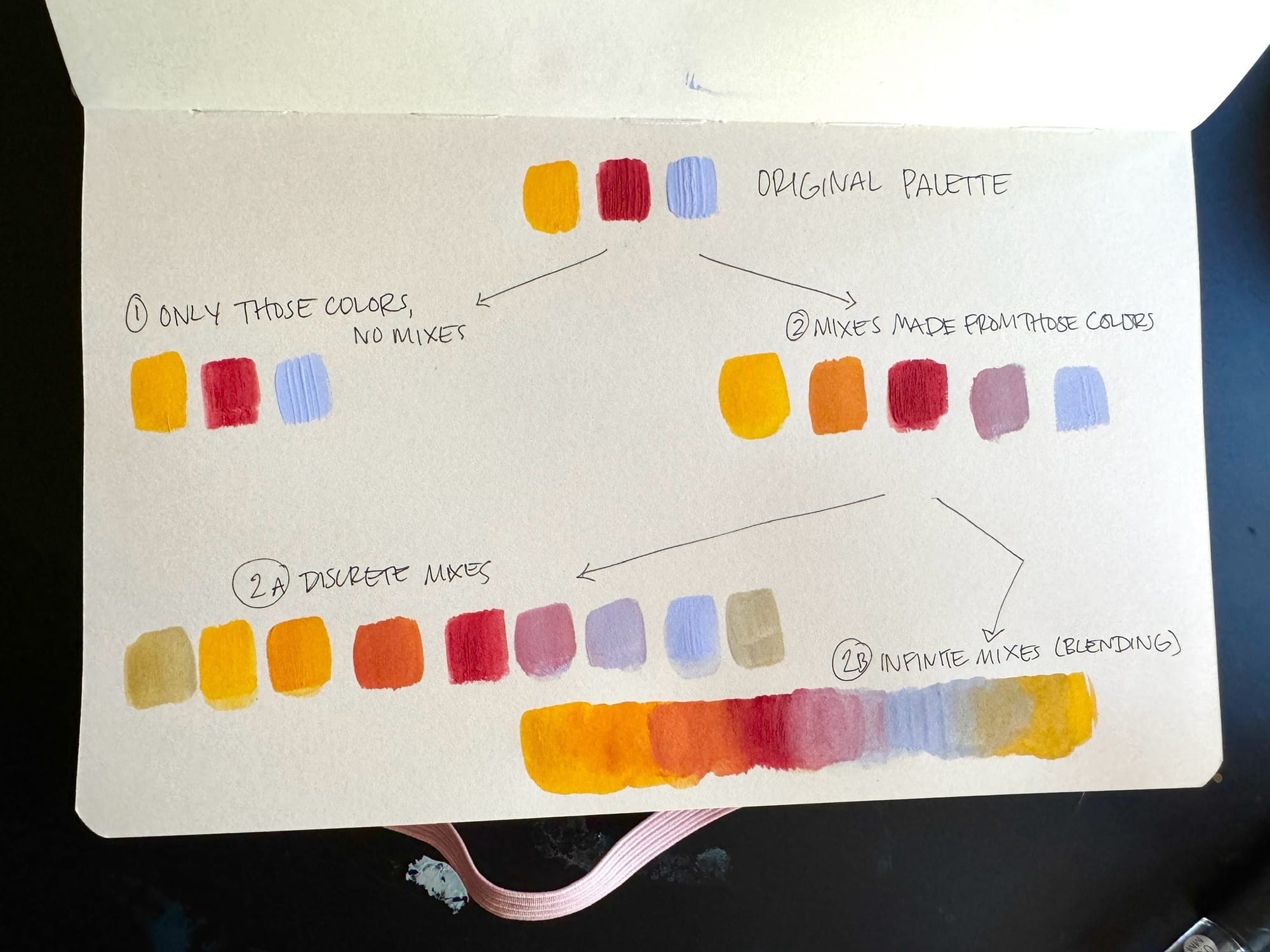
The infinite mixes options can be so appealing. Smooth blends and gradients can look amazing, but, the power of using discrete colors – whether it's just a few colors like option 1, or many colors like option 2A – is often underestimated.
This post is the first of a series exploring the color approaches outlined above. Being able to recognize the different strategies, and employ them when you want to, can offer a lot of control and options for style. It also challenges us to make clear choices about value (light or dark) and edges (hard, soft, or somewhere in between), and to paint in shapes instead of smudges.
If you'd like to see the reference photos I used for the five paintings in this post, they are collected for you here:

Blending
When I first started painting, I would blend everything.
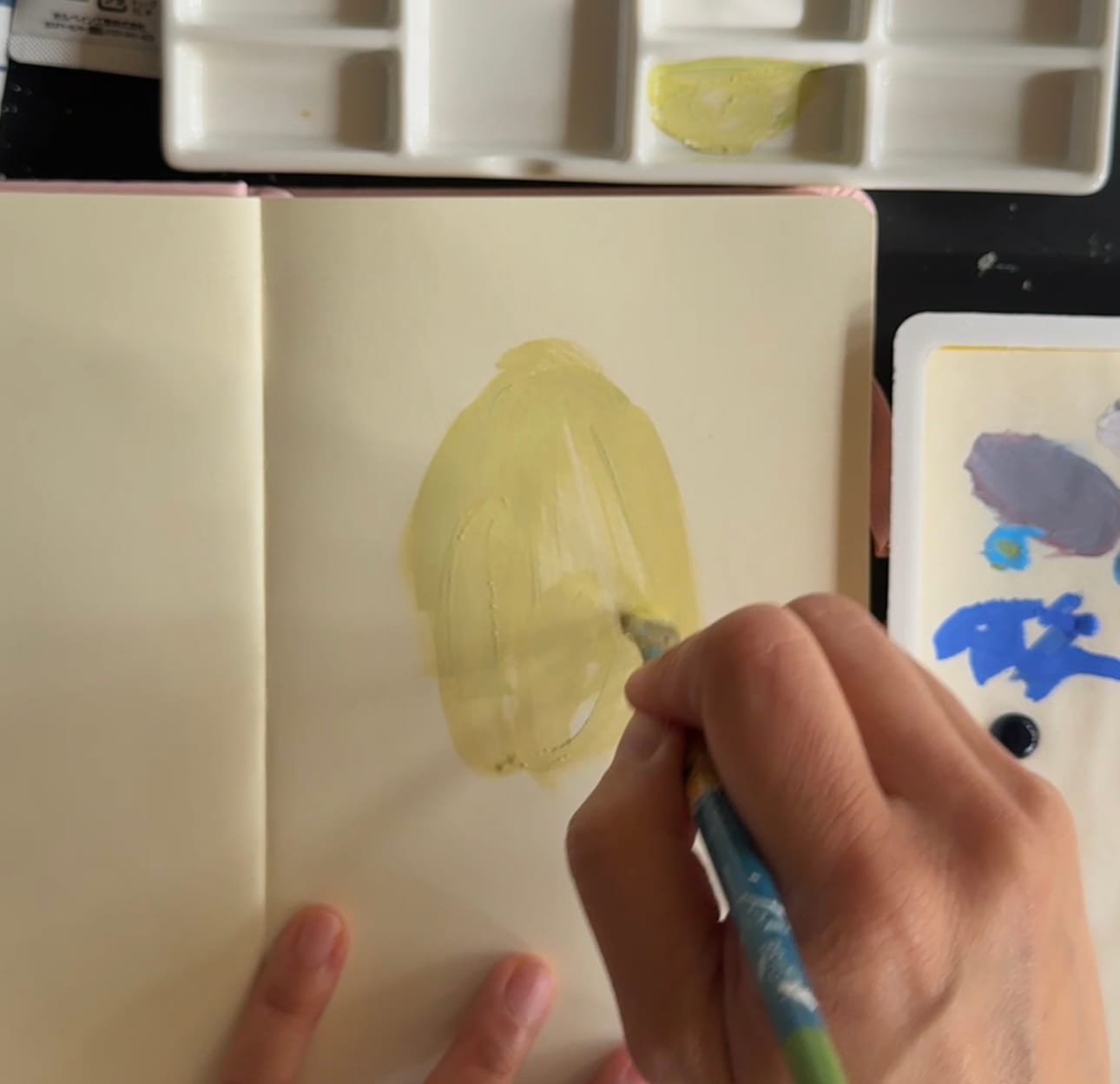
I was often frustrated by my paint drying too fast (acrylics) or the paper getting roughed up and the paint overworked (watercolor) when I would try to blend the new paint I was putting down with what was already on the page.
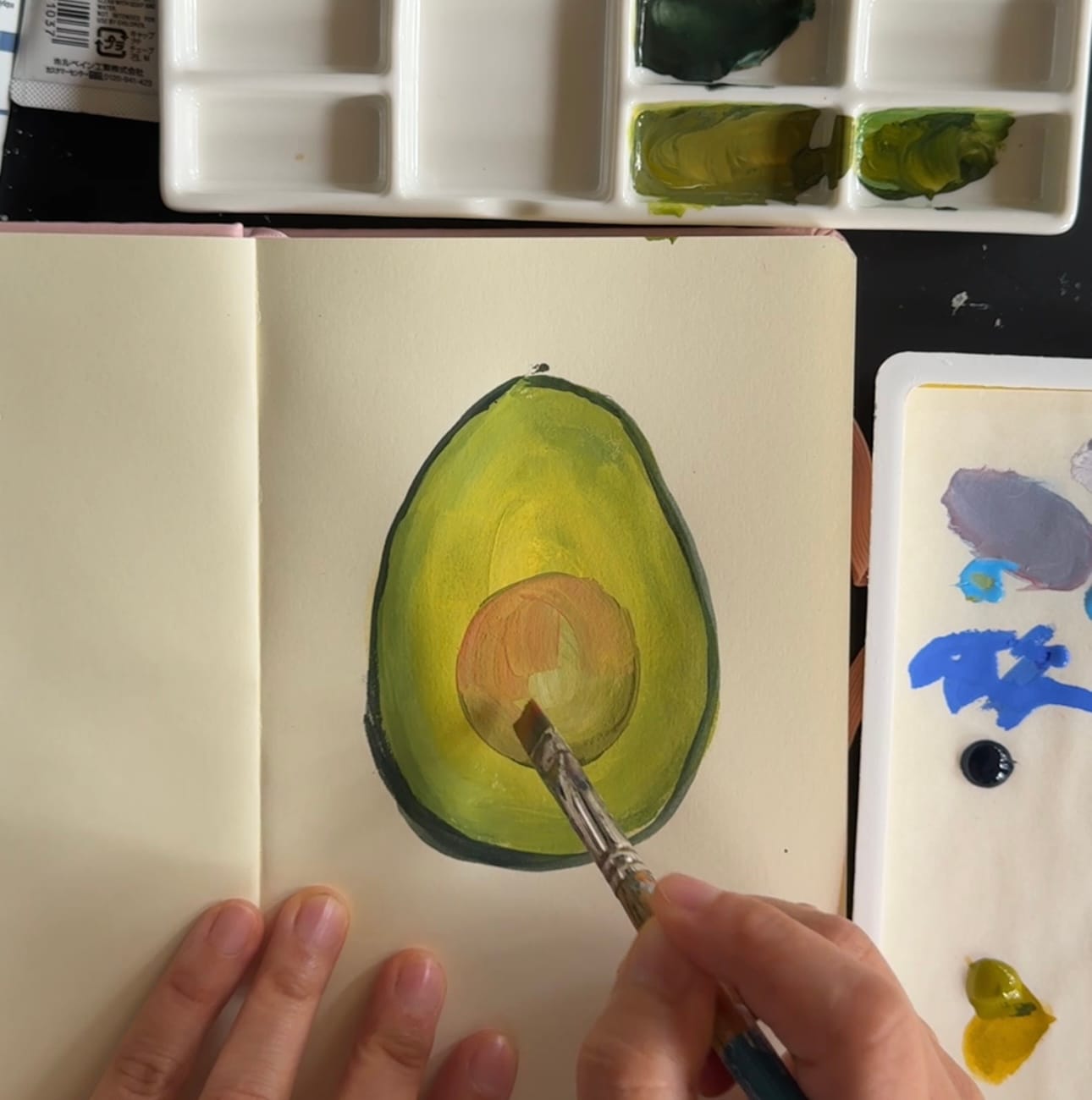
With blending, you can achieve gentle glows and soft forms. Notice here how the green of the avocado subtly shifts from yellower in the middle to darker on the edges. It feels natural and smooth.

This is how I approached most of my mark making until about 5 years ago when I heard an artist suggest that we stop blending – or to at least learn to paint without blending, and then add it back in on purpose, occasionally.
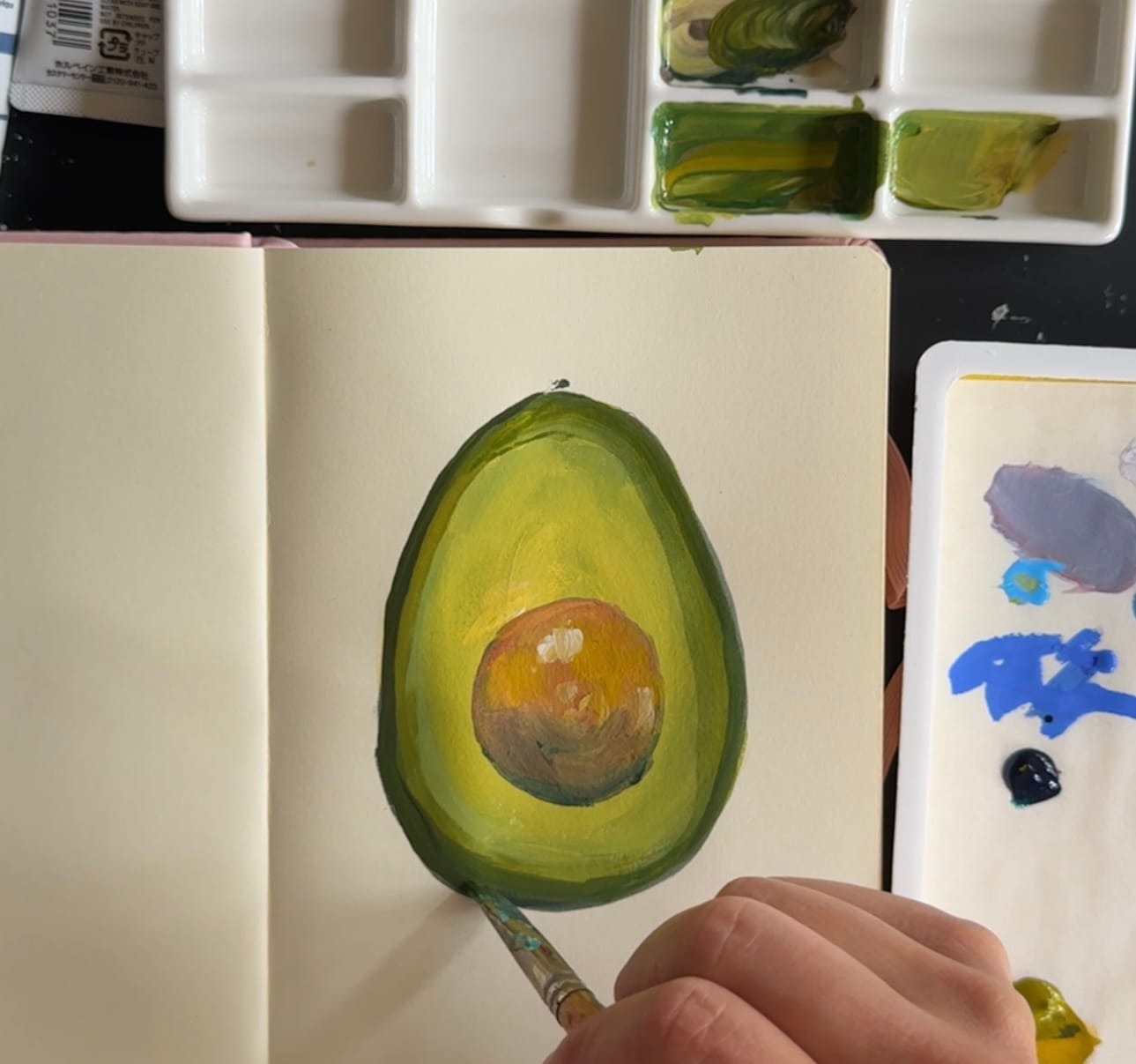
I want to offer the same suggestion to you.
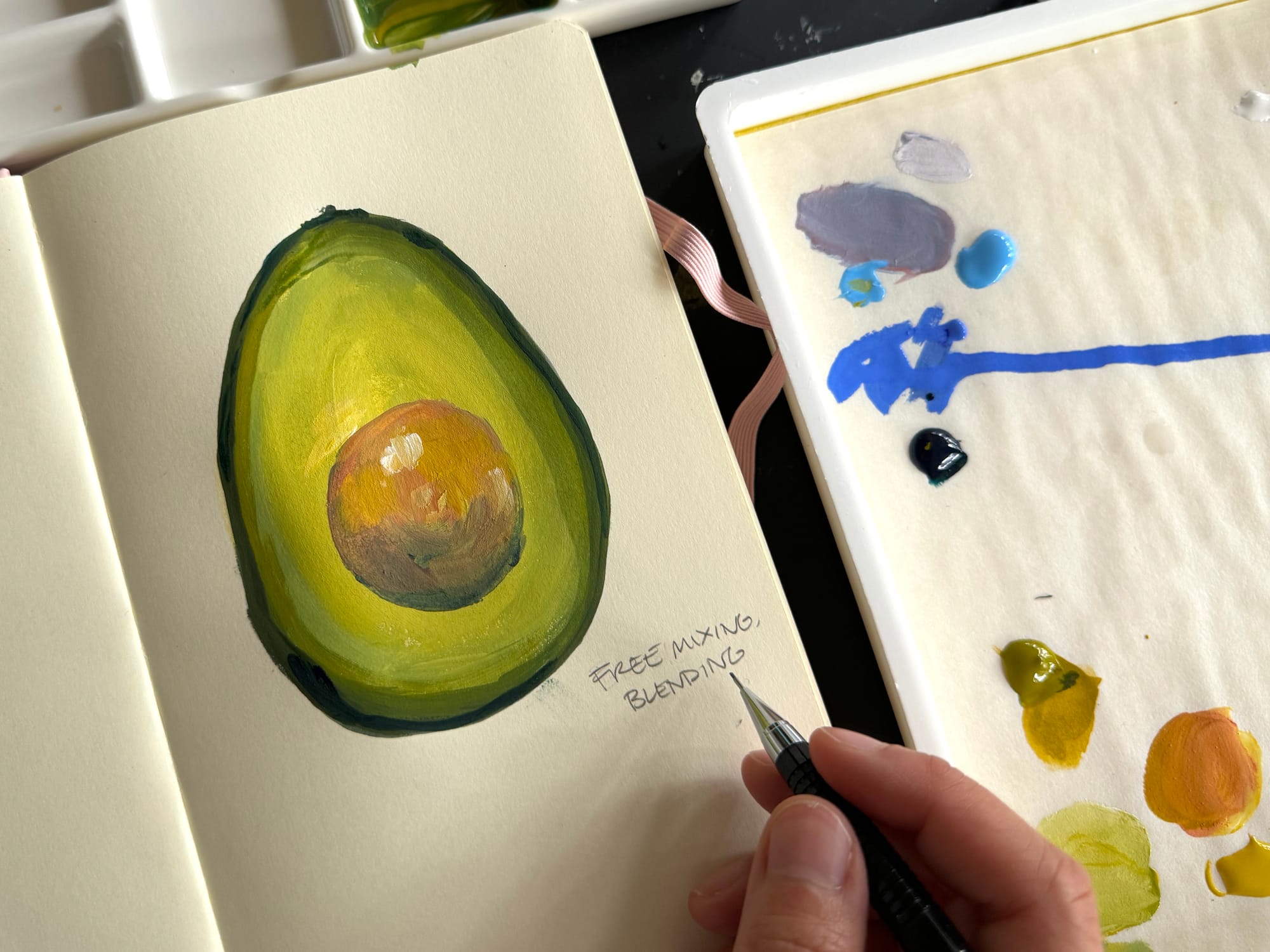
If you want to see all the smudging and mixing I did in this blended version, here's the full process for your viewing pleasure:


